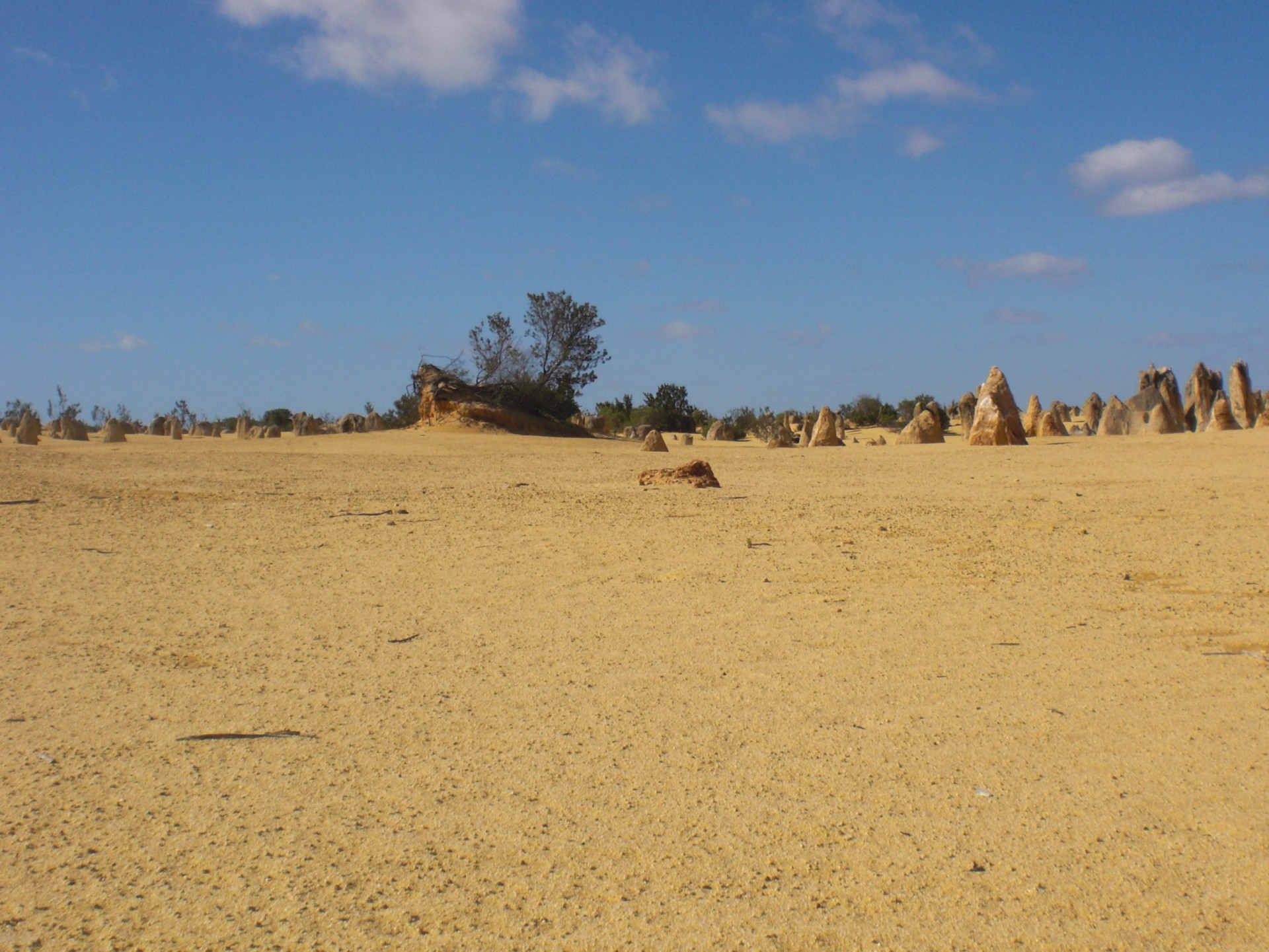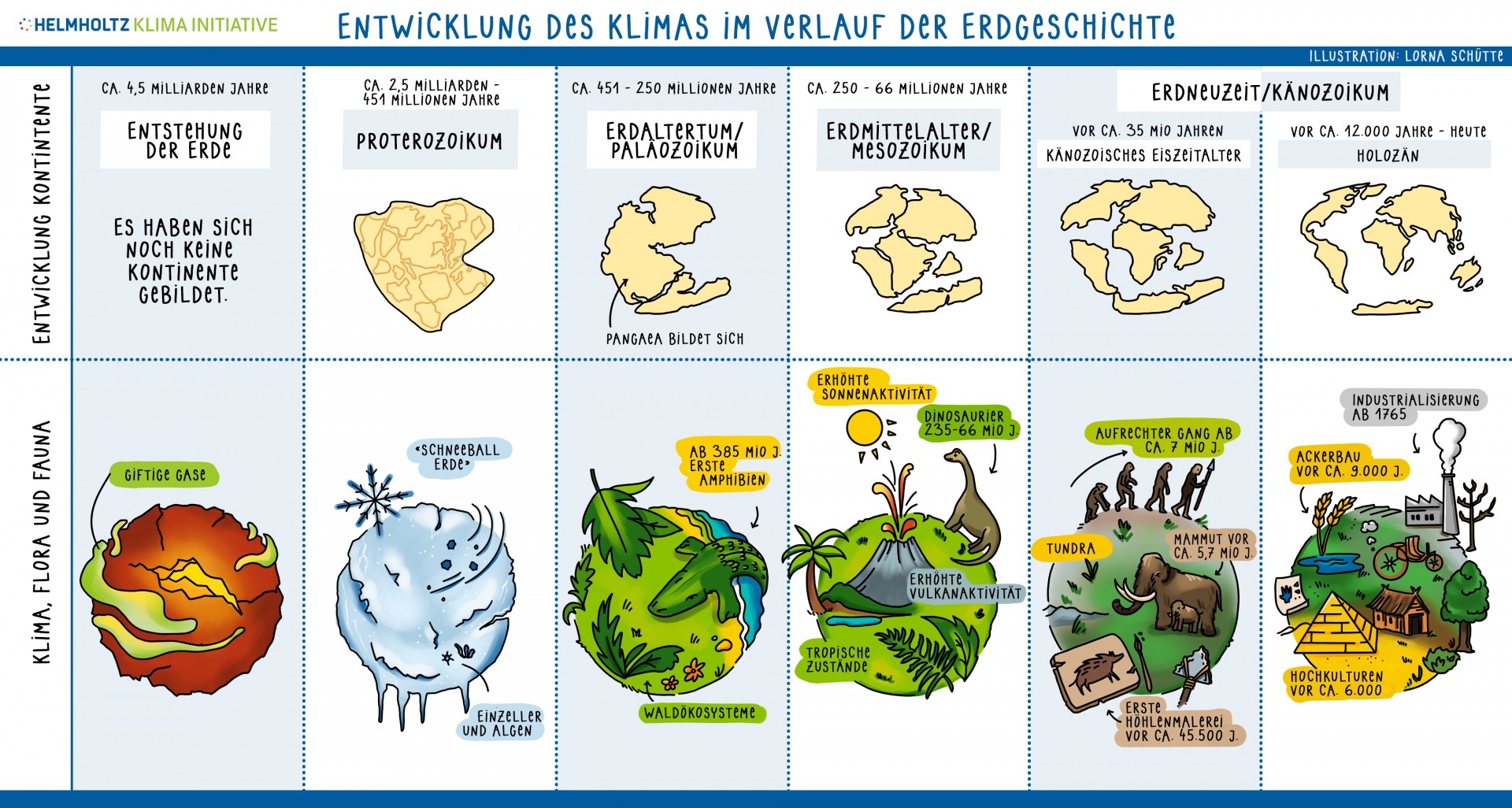“The next ice age isn’t going to materialize”
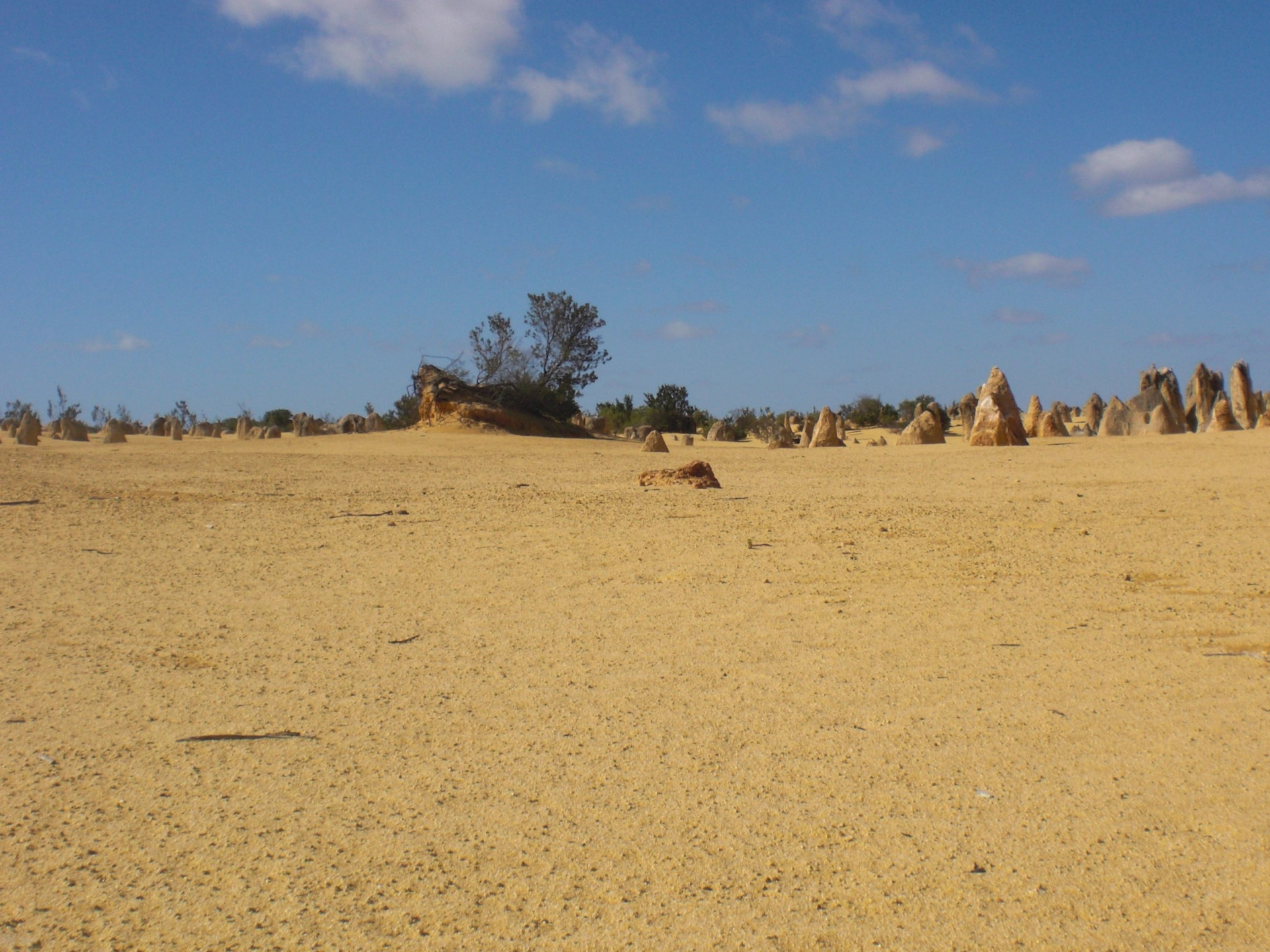
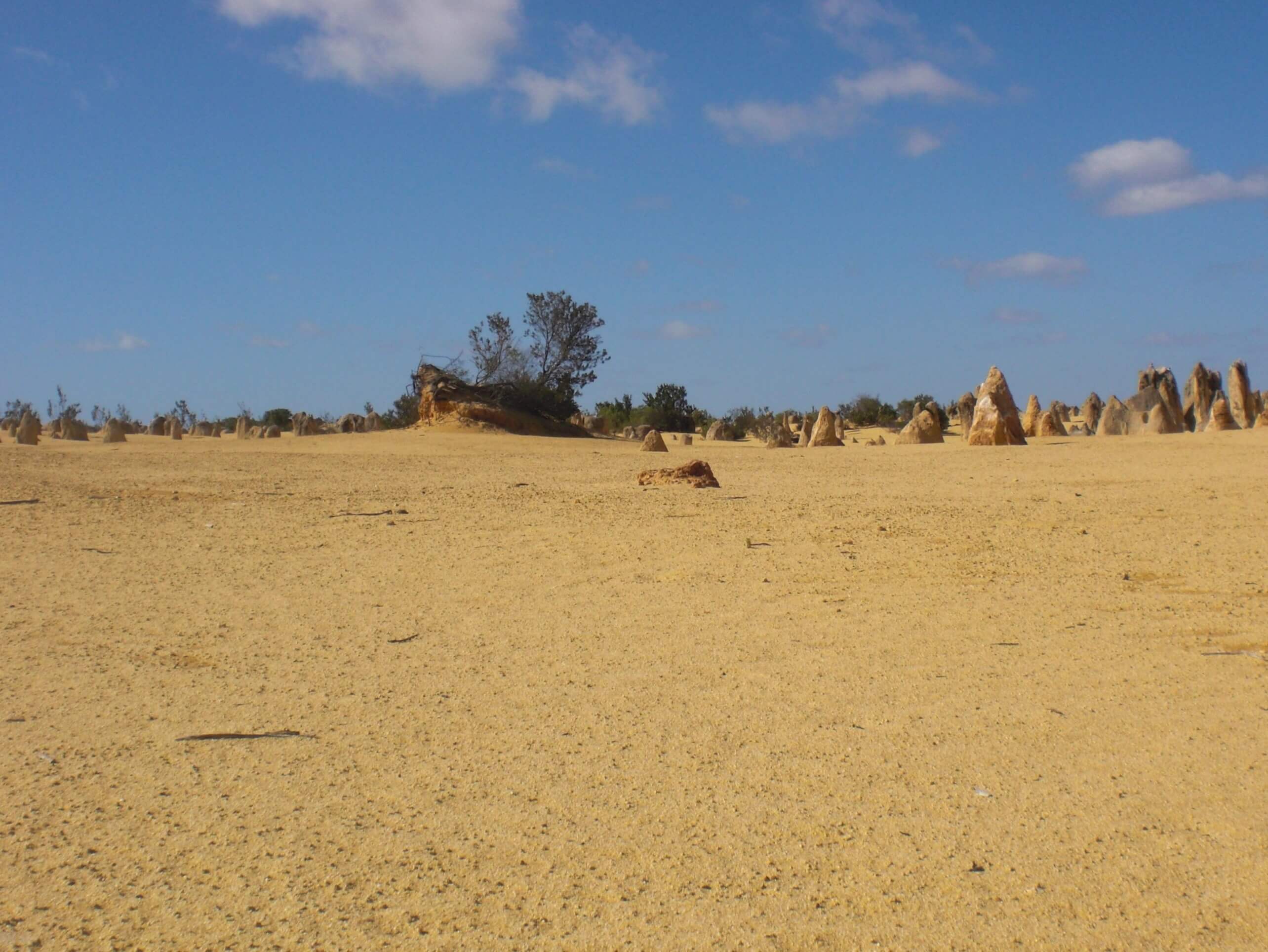
Climate change? It has always existed. In order to understand what the near future might already hold in store for us, scientists are researching what factors have been affecting this complex dynamic system for millions of years and how.
The Earth is more than four and a half billion years old, and its climate has changed dramatically over time. Our current climate is therefore only a snapshot, but what began around 150 years ago with industrialization is unparalleled in Earth’s history. Ever since humans first began making a significant impact on their environment, there has been a development that never occurred before in millions of years of our climate’s history—a fact that various scientific methods are able to demonstrate.


“The more we know about how the climate has developed over long periods of time—without humans—the more precisely we can understand the impact that we have on the system,” says Gerrit Lohmann. The section head of Paleoclimate Dynamics at the Alfred Wegener Institute, Helmholtz Centre for Polar and Marine Research (AWI), peers many millions of years into the past. One hundred million years ago, the CO2 level in the atmosphere was very high, and the climate was correspondingly warm. Even the ocean depths had temperatures of 14 to 16 degrees Celsius. The growth of flora and fauna then brought a decisive change: CO2 in the atmosphere was sequestered.
Our present climatic conditions originated some 65 million years ago, in the Cenozoic era. Since then, it has frequently been much warmer on Earth than it is today, and the level of CO2 in the atmosphere has sometimes been considerably higher, too. There are many influencing factors, which change at regular intervals: The elliptical orbit of our planet around the sun (over the course of 100,000 years) for example, or the tilt of the Earth’s axis (over the course of about 41,000 years). All of these factors caused a permanent change in the global climate. However, it was a change that occurred over very long periods of time.
Due to these constant, very long-term fluctuations, environmental factors affecting the climate also changed. The expansion of ice sheets, for example, influenced atmospheric circulation, as ice sheets had an effect not only on atmospheric temperatures, but on the oceans as well. Ice reflects more sunlight, causing temperatures to drop. On the other hand, the oceans absorb sunlight and transport heat to high latitudes. At the end of the last ice age 14,000 years ago, the onset of this transport caused the North Atlantic to warm and ice sheets to melt. The considerable quantities of meltwater altered oceanic currents in turn.
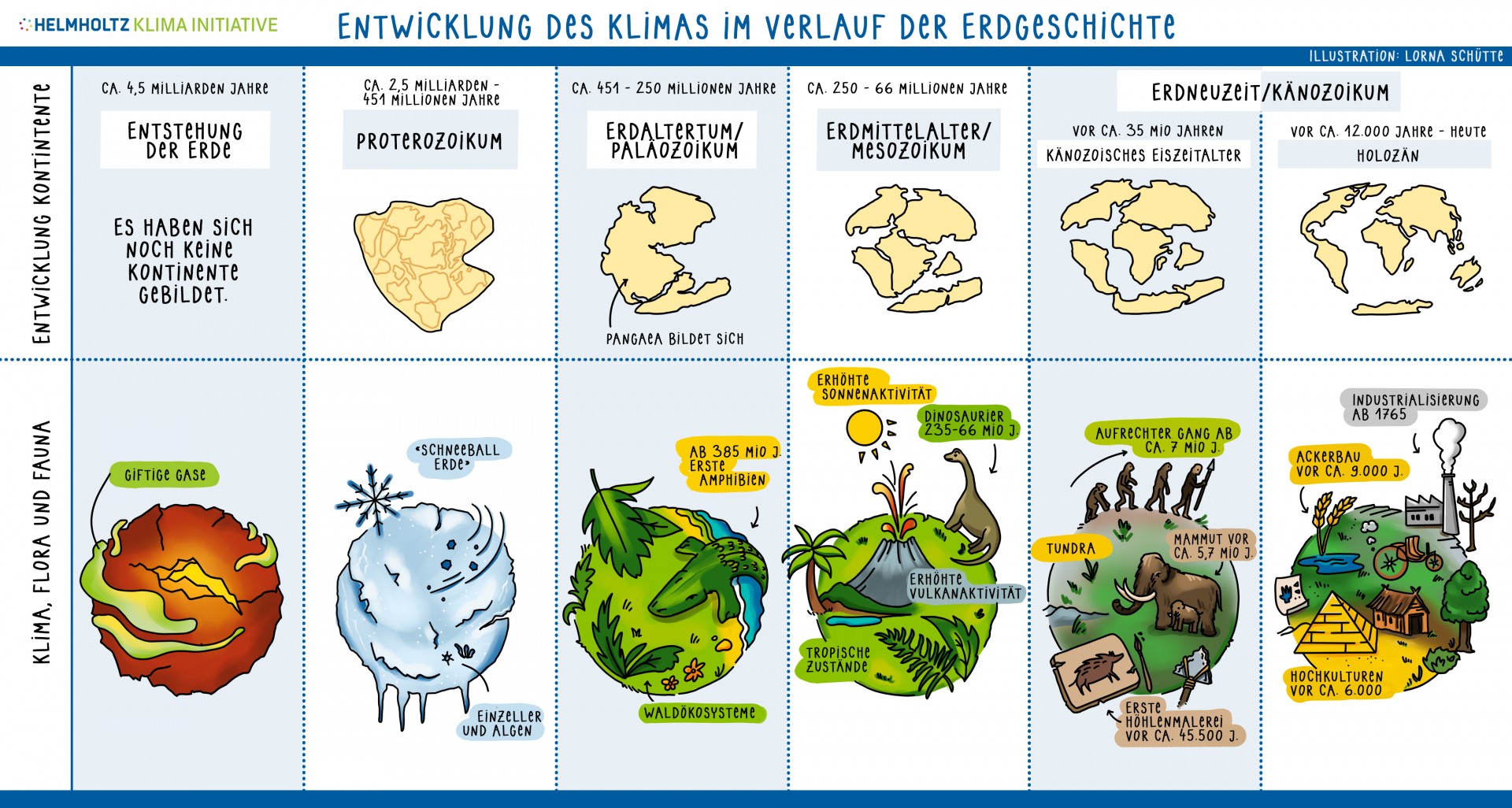

The last major ice age period began approximately 35 million years ago. Since then, Antarctica has been a separate continent at the South Pole. An annular mode of wind and water circulation shielded it from an exchange with warmer, lower latitudes, allowing the water around Antarctica to cool and sink into the depths of the oceans. As a result, the world’s oceans are about 10 degrees Celsius colder today than they were 70 million years ago. Land ice has also existed in the north polar region for about three million years—permanently on Greenland, and during ice ages in North America and Eurasia.
“In sync with the Earth’s changing orbit around the sun, the global climate has gone through long-term cycles over the past millions of years,” Lohmann says. “During cold periods, parts of the northern hemisphere were covered extensively with ice sheets up to several kilometers thick, which largely disappeared again during warm periods. This repeated itself about every 80,000 to 120,000 years.” Reconstructions from ice cores reveal that between the cold and warm periods, CO2 levels varied, ranging from about 180 to 290 parts per million (ppm).
With the onset of industrialization in the mid-19th century, however, our climate began experiencing a development unparalleled in Earth’s history. Within approximately 150 years, atmospheric concentration of CO2 surged faster than ever before—and with it, global warming. In 2020, annual CO2 levels in the atmosphere at the monitoring stations on the Zugspitze and on Mauna Loa in Hawaii averaged 414 ppm. The Mauna Loa monitoring station, for example, shows a rapid increase in the concentration of CO2 of 100 ppm over the last 60 years. These figures therefore represent an important indicator of human-induced alterations, in other words, anthropogenic climate change. The carbon that was sequestered between 200 million and 65 million years ago, chiefly in coal, oil, and natural gas, is now being released by humans within a very short period.
In order to understand the highly complex climate system, researchers are taking samples all across the globe: on land, in the oceans, on the ocean floor, and in the ice. These efforts are joined by remote sensing via satellites and aircraft. “In addition to the readings and monitoring results from the past two centuries, we are drawing on information that tells us something about climate and environmental conditions in the distant past,” Lohmann explains. Such proxy data (or simply proxies) can be obtained from organisms, for instance. Tree growth rings are one example that can be used to identify extremes, such as hot summers. Remains of amphibians and reptiles can be found where tropical to subtropical climates once prevailed. Sediment also provides information about bygone climatic conditions.


This kind of proxy data, together with climate modeling, provide the foundation for creating accurate pictures of the past. As recently as around 20 years ago, such global models were still based on a grid of approximately 500 by 500 kilometers. Nowadays, most climate models have a mesh size of 50 or 100, some of ten by ten kilometers—and the resolution is becoming ever finer. Models are also taking more and more components into account. Besides the atmosphere, they include land vegetation, the marine biosphere (which is the ocean ecosystem), and the cryosphere, which is the part of the climate system where water is present in a solid frozen state, such as ice sheets, ice shelves, pack ice, glaciers, and permafrost.
“In the past 15 years, permafrost has gained a lot of attention,” says Guido Grosse, who heads this section at AWI. Researchers at AWI are investigating geoscientific and microbiological processes, making meteorological observations, and performing long-term studies on local trace gas and energy flows in and out of permafrost. “We know today that worldwide there is far more carbon stored in permafrost than there is in the atmosphere,” says Grosse.
Carbon isotopes also play an important role as climate indicators. “With the help of the various isotopes, we can reconstruct changes in the carbon cycle, among other things,” says Peter Köhler from AWI’s Glaciology section. To this end, an international team of scientists that included Köhler analyzed nearly 15,000 samples over the past seven years. The team is able to determine for as far back as 57,000 years how high the share of radiocarbon was in the atmosphere at certain times.
Carbon isotopes
Atoms with six protons in their nuclei are assigned to the element carbon. Normally, there are as many neutrons as protons in the nucleus. If their number differs, they are called isotopes. Radiocarbon dating takes advantage of the fact that different isotopes behave differently. The stable isotope 12C and the radioactive isotope 14C are continuously taken up by photosynthetic organisms during their lifetime in the same ratio as they are present in the atmosphere. While 12C is preserved, 14C decays with a half-life of 5,700 years. By measuring the ratio of 14C to 12C in an object containing organic material, it is possible to calculate the date of death.


We now know that the more CO2 and other greenhouse gases humanity emits, the warmer our planet becomes. The very long-term fluctuations in solar radiation cannot cause such a sharp rise in temperature in such a short period. “Not unlike how radioactive waste from nuclear power plants is going to remain with us for a very long time, we also face the huge task of disposing of our carbon waste,” says Köhler. “If we burn our oil and gas reserves to depletion, it will take a million years until the CO2 emitted in the process is sequestered elsewhere.” He notes that, even now, it is foreseeable that “the next ice age isn’t going to materialize, based on our emissions so far.”
What is more, “at certain tipping points, the globally rising temperature will trigger natural processes that intensify climate change,” says Guido Grosse. “Once we’ve reached one of those points, there is little we can do to stop the momentum of the feedback.” This is true, for example, in the case of permafrost. “If we don’t meet the 1.5-degree target of the Paris Agreement, frozen layers of soil will increasingly thaw, and the large amounts of greenhouse gases released as a result of this will significantly exacerbate climate change.”
The 1.5-degree target of the Paris Agreement
Under the terms of the 2015 UN Climate Change Conference in Paris, almost all the world’s countries have agreed to limit global warming to well below two degrees Celsius compared to the preindustrial era, and preferably to below 1.5 degrees Celsius. The purpose is to limit the effects of climate change, such as natural disasters, droughts, and a rise in sea levels.
“The last 10,000 years have been very stable,” says Grosse. “But now we’ve ushered in a phase unlike almost any other in Earth’s history, in which warming has progressed nowhere near as rapidly as it is occurring now.” The three scientists agree: We can still reach the 1.5-degree target and avoid tipping points, but time is running out.
